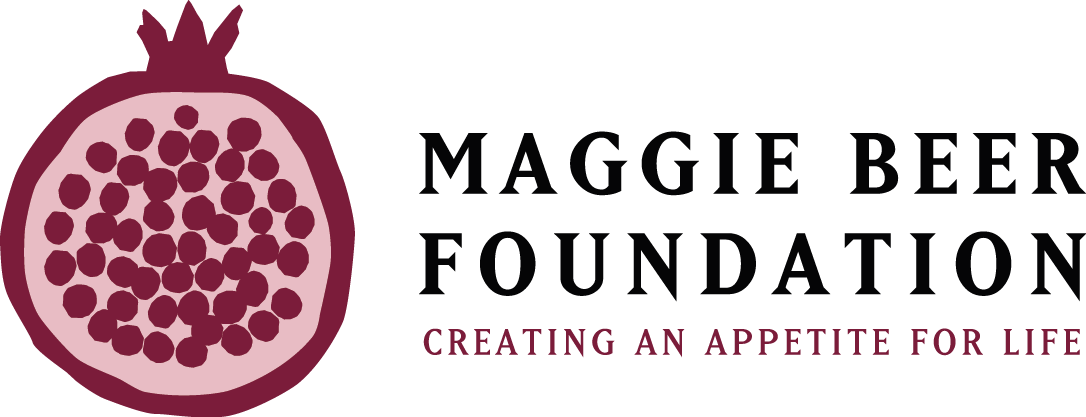Across the lifespan our nutritional requirements change and this is reflected in the Australian Dietary Guidelines recommendations for older adults. The Guidelines are based on high quality scientific evidence which is reviewed regularly to provide a guide to healthy eating represented by whole foods through the five core food groups. When you eat a wide variety of foods across all five food groups you are more likely to consume all the nutrients necessary to reduce the risk of diet-related diseases and promote optimum health.
|
Vegetables |
Fruit | Grains & Cereals | Meat & Alternatives | Dairy & Alternatives |
Discretionary Food |
|
|
Men |
||||||
|
51-70 years |
5.5 | 2 | 6 | 2.5 | 2.5 | 0-2.5 |
| 70+ years | 5 | 2 | 4.5 | 2.5 | 3.5 |
0-2.5 |
|
Women |
||||||
|
51-70 years |
5 |
2 | 4 | 2 |
4 |
0-2.5 |
| 70+ years | 5 | 2 | 3 | 2 | 4 |
0-2.5 |
For further information regarding the Australian Dietary Guidelines and serving size recommendations please visit www.eatforhealth.gov.au
The first thing you might notice is that men and women have different requirements and there are a couple of reasons why. As a general rule men require more energy (calories) than women, this is because they have more lean muscle and this uses more energy, even when resting. Another difference is that as men and women age, the number of recommended food groups decreases, this is because energy requirements decrease. At around the age of seventy, work commitments slow or cease entirely and the golden years of retirement begins. Life begins to take a much slower pace in general and the less active we are, the less energy we need.
Let’s take a walk through each of the food groups together. The recommendations for fruit and vegetables remain fairly constant across the adult lifespan, this is because they are relatively low in energy but high in vitamins, minerals and fibre. The old saying “an apple a day keeps the doctor away” is full of wisdom – fruit and vegetables are good for you! One serve of fruit is equal to one apple, orange, banana or pear or two pieces of smaller fruit such as apricots, plums or kiwi fruit. One serve of veggies is equal to one cup of raw vegetables or half a cup of cooked vegetables. There are five different colour categories of fruits and vegetables (red, purple/blue, orange, green and white/brown) and each colour contains unique health properties which is why we encourage you to eat a rainbow every day!
Grains and cereals are foods like bread, pasta, rice and breakfast cereals. These are also great sources of vitamins, minerals and fibre but are higher in energy than fruits and vegetables, this is why the recommended serve size decreases with age. For bread, one slice or one small dinner roll is one serve half a cup of cooked pasta equals one serve. When you have the option look for wholegrain or multigrain versions, as these are higher in fibre.
Meat (red meat, poultry, fish) and meat alternatives (eggs, legumes, tofu) provide protein which is essential for maintaining muscle mass. Loss of muscle mass and tone is a natural part of ageing, but ensuring that protein is included at every meal can help prevent this process from accelerating prematurely. Once again you can see that men have a slightly higher requirement than women because they naturally have more muscle. One serve of protein is roughly 100g raw meat/poultry/fish or 2 eggs or 1 cup cooked legumes (e.g. baked beans).
Dairy foods (milk, yoghurt, cheese) and dairy alternatives are not only an excellent source of protein they also provide calcium, which is essential for bone strength. Under the age of fifty both men and women have similar requirements, but post-menopausal women need to consume more calcium rich foods to maintain bone health. If you prefer to drink dairy alternatives such as soy, almond or rice milk make sure you read the label and choose a brand that has been fortified with calcium (as not all do). One serve is a glass of milk, a small tub of yoghurt or two slices of cheese.
Discretionary foods are food and drink that do not fit into the core food groups because, although enjoyable, they are often higher in energy and don’t necessarily provide the core nutrients we need for optimum health. In this category are things like alcohol, soft drink, biscuits, cakes, chips and ice cream. You’ll notice that the recommendations suggest between 0 – 2.5 serves per day and this varies from person to person. Unintentional weight loss is common in older adults and so a few servings from the extra category could help prevent further decline.
Over the coming months we will go into more depth into each of these food groups and explore why they are important for supporting good health. It is important to remember that The Guidelines are meant to be a guide for healthy adults and are not a replacement for individual advice. Where older adults are concerned unintentional weight loss or the onset of frailty are key indicators of undernutrition. An Accredited Practising Dietitian can give specialised, tailored advice regarding the nutritional requirements for your situation.


